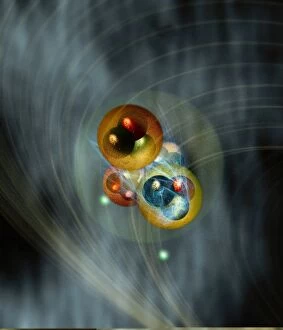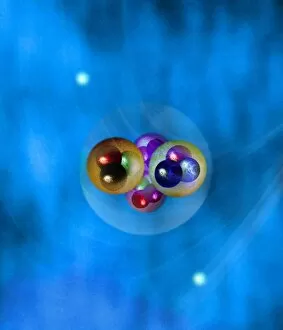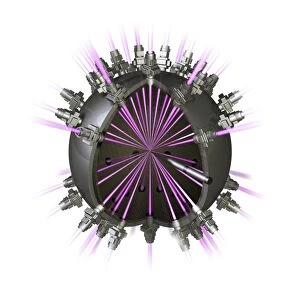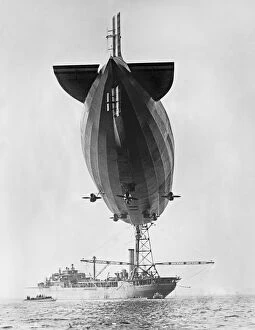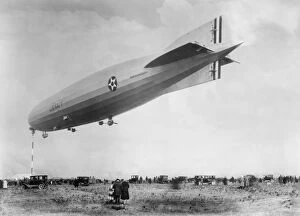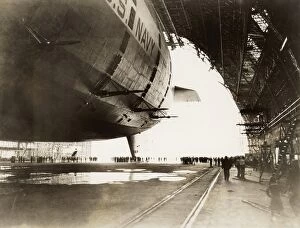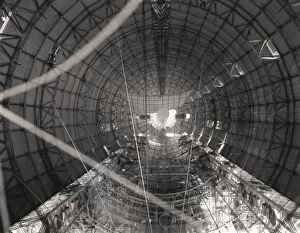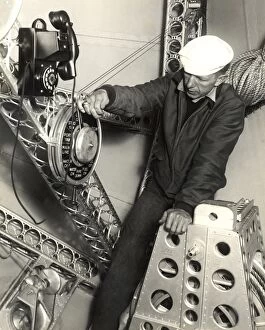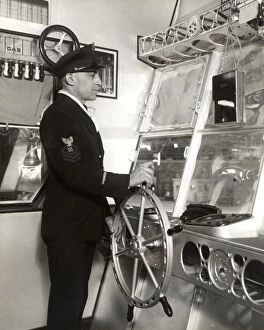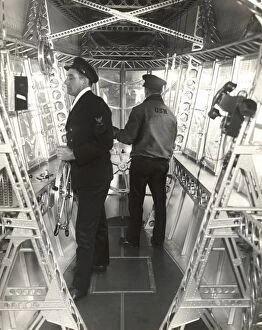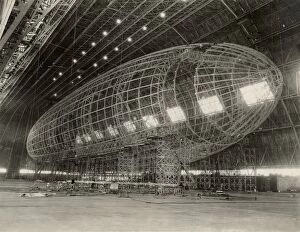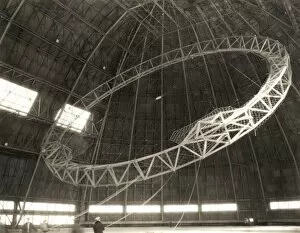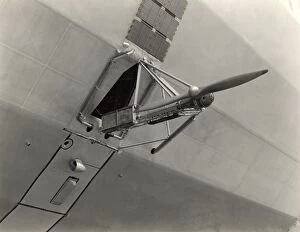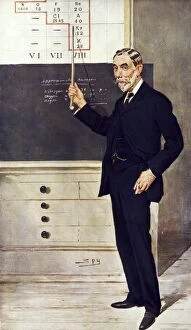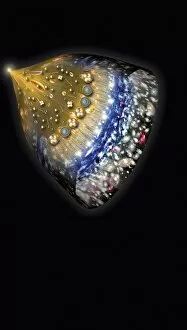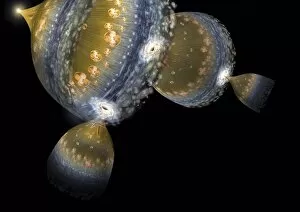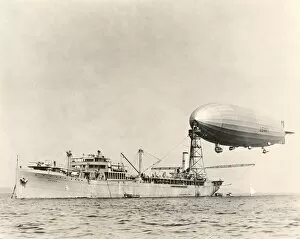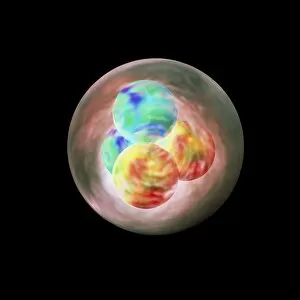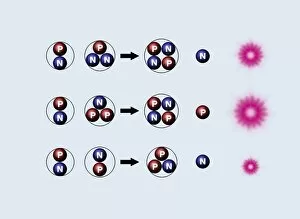Helium Collection (#2)
"Unveiling the Mysteries of Helium: From Cosmic Wonders to Everyday Delights" Crab Nebula's Enigmatic Glow
For sale as Licensed Images
Choose your image, Select your licence and Download the media
"Unveiling the Mysteries of Helium: From Cosmic Wonders to Everyday Delights" Crab Nebula's Enigmatic Glow: A mesmerizing composite image reveals the role in shaping this celestial beauty. Stars Unveiled: Dive into a diagram showcasing the spectral class and luminosity of stars, with helium playing a crucial part in their brilliance. Illuminating Emission Spectra: Witness the captivating H-He-Hg emission spectra C017/7260, where helium's unique signature shines through. Peering into Atomic Structure: Explore the intricate electron structure of a helium atom, unraveling its secrets at the subatomic level. Powering Scientific Frontiers: Discover how magnets are tested for the Large Hadron Collider, where helium plays an essential role in cooling superconductors. Unlocking Nuclear Fusion's Potential: Immerse yourself in conceptual artwork depicting how helium fuels dreams of clean and limitless energy through fusion reactions. Balloons Safari Savanna Adventure: Float above breathtaking landscapes as colorful balloons filled with buoyant helium take you on an unforgettable journey. Visionary Minds Converge: Step back in time as Hugo Eckner confers with presidents, discussing innovative applications of airships powered by safe and abundant helium gas. Timeless Airborne Dreams: Marvel at an 18th-century French engraving showcasing whimsical balloons, airships, and flying machines fueled by imagination and perhaps even traces knowledge. Serenity Amidst Urban Bustle - Central Park’s Tranquil Escape captured beautifully by Chris Suspect; imagine floating peacefully above it all held aloft by gentle streams of uplifting helium-filled balloons. Washington D. C. 's Skyline Embraced - Chris Suspect captures 2400 M Street NW bathed in golden sunlight as if welcoming visitors to explore its vibrant streets while helium-filled balloons dance above. The Baby Balloon Sensation.


